Brakes are a vital part of your car, and you should take care not to damage them by bleeding them without removing the wheels.
Bleeding brakes can be done in several ways, but some of the more common methods involve using a plunger or an air compressor.
It is important to use caution when bleeding brakes as the improper technique could lead to further damage or even loss of brake function altogether.
Always consult your car’s owner’s manual before attempting any type of brake repair, as there may be specific instructions for bleeding brakes that vary from model to model.
Contents
- 1 Can You Bleed Brakes Without Removing Wheels
- 1.1 Make Sure All of the Brake Lines Are Clean and Free From Debris
- 1.2 Turn the Screws on Top of the Bleeder Valve
- 1.3 Force Air Out of Each Line
- 1.4 Release Any Air and Fluid That Is Trapped in The System
- 1.5 Bleed the Brakes by Using a Vacuum Pump
- 1.6 Gravity Bleeding
- 1.7 How Good Enough Is Gravity Bleeding of Brakes
- 1.8 Best Method for Bleed Brakes
- 2 Whether a Person Can Bleed Brakes by Themselves or Not
- 3 FAQs
- 4 To Recap
Can You Bleed Brakes Without Removing Wheels
If you need to bleed brakes but don’t want to remove the wheels, follow these steps:
Make Sure All of the Brake Lines Are Clean and Free From Debris
Cleaning all of the brake lines will help to ensure that your brakes function properly.
It is important to remove any debris or dirt from the lines before bleeding them. This will prevent any damage from occurring while the system is in use.
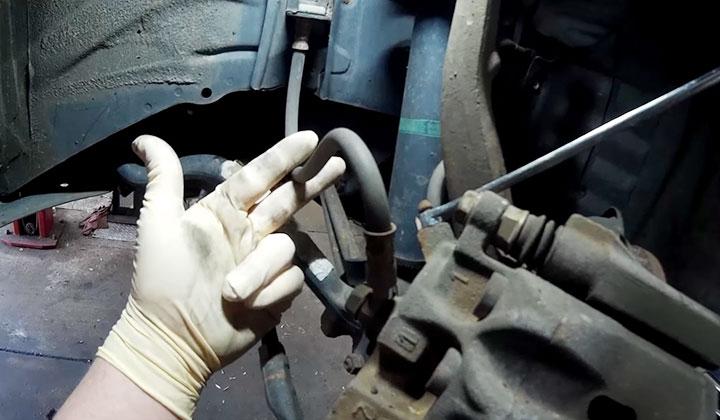
Turn the Screws on Top of the Bleeder Valve
Before you can bleed your brakes, you need to turn on the bleeder valve by turning screws located at either end of it.
Be careful not to accidentally turn these screws too far, as this could cause a leak and ruin your brakes altogether.
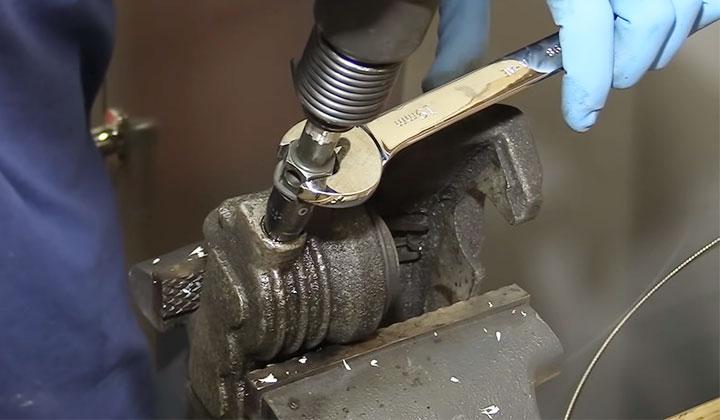
Force Air Out of Each Line
Once you have turned on the bleeder valve, it’s time for us to force air out each line using a vacuum pump (or another suitable tool). Make sure that each line is completely emptied before moving onto the next one.
If bleeds don’t solve the problem and you suspect that your brakes have been damaged, it may be necessary to replace them entirely.
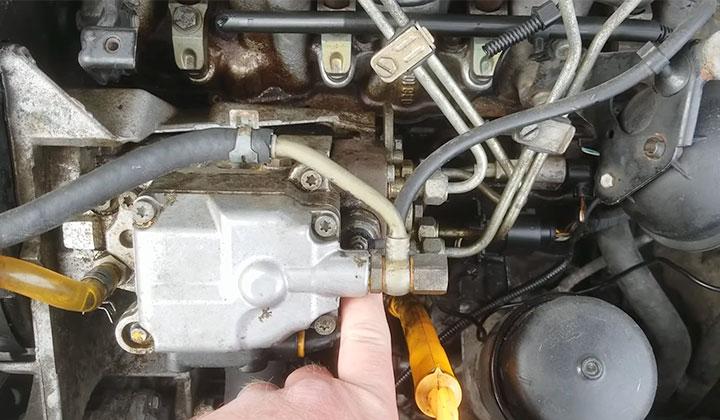
Release Any Air and Fluid That Is Trapped in The System
When all of our lines are bled, we should release any trapped air and fluid so they don’t get into other parts of our car later on.
Finally, we can bleed our brakes by simply forcing air out using a vacuum pump until there’s no more liquid coming out (you’ll hear an audible “thunk” when this happens).
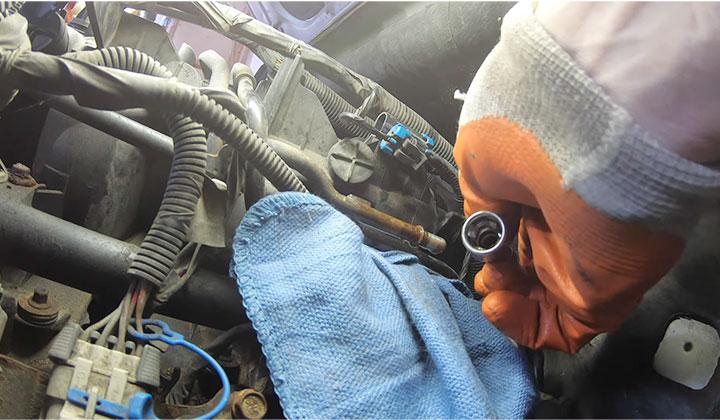
Bleed the Brakes by Using a Vacuum Pump
You can bleed the brakes by using a vacuum pump if your car doesn’t have any brake lines or if they are damaged.
To do this, you will need to remove the wheel and take off the brake caliper. You then need to suck out all of the air from inside of the caliper, which will cause it to collapse.
Once collapsed, use a plunger to push all of the fluid out and replace both calipers.
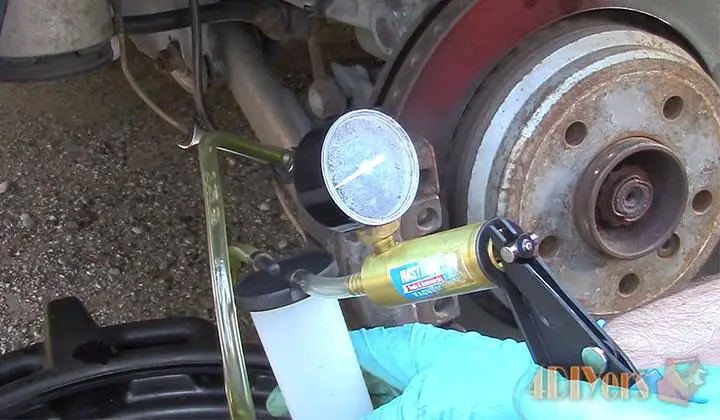
Be sure to tighten them securely after replacing them so that there is no air remaining in them and they won’t leak again.
Gravity Bleeding
Gravity bleeding is a method of removing air and fluid from an engine. It’s usually used when the air filter isn’t working or when there is oil in the engine.
To do gravity bleeding, you will need to loosen the cap on the fuel tank and let gas flow into the engine through a hose. Then you tighten down the fuel cap again.
Gravity bleeding of brakes is the simplest way to bleed them and it can be done by anyone with a few simple tools.
Bleeding your brakes using gravity provides less resistance than traditional methods, which means that you can get the job done faster and with less fuss.
In order to use reverse bleeder systems effectively, you need to have a good understanding of how they work and what parts are involved in each mechanism.
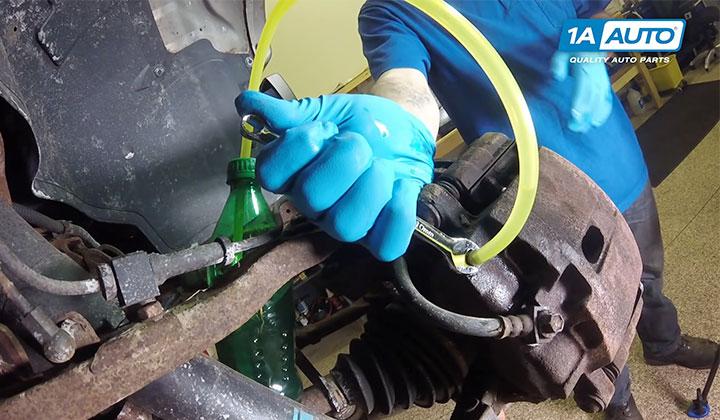
The best way to bleed your brakes is by using a standard brake fluid reservoir or vented container filled with fresh DOT 3 brake fluid. Pumping the brake pedal will cause the fluid inside to flow out into either system (front or rear).
If you notice any signs of rust on fittings, corrosion around hoses, or leaks from valves and pipes then it’s time for a new set of brakes.
How Good Enough Is Gravity Bleeding of Brakes
There is no one-size-fits-all answer when it comes to how good enough gravity bleeding of brakes is.
Depending on the make and model of your vehicle, you may need to use a different method to bleed them correctly. However, in general, gravity bleeding is usually an adequate way to fix brake issues.

Best Method for Bleed Brakes
The best way to bleed your brakes is by using an adapter hose that connects between your reservoir and bleeder screw.
This ensures that all of the brake fluid enters and leaves the system evenly, preventing any buildups in areas that could cause problems later on (like around valves or piston seals).
Reverse Bleeding
If you’re having trouble getting all of the fluid out after bleeding your brakes, sometimes it may be necessary to reverse bleed them by pumping air into each caliper until all of the fluid has been removed.
Whether a Person Can Bleed Brakes by Themselves or Not
Some people believe that you can bleed brakes by yourself, while others say that it’s best to get a professional to do the job.
The truth is that either way works fine – as long as you know how to do it.
- Bleeding brakes is a common task for car owners and can be done by oneself or with the help of a mechanic. If you are able to bleed your own brakes, it will save you time and money.
- To bleed your brakes, first make sure that all the fluid has been drained from the system.
- This can be done by using a brake bleeder valve or removing the cap on the caliper and letting air escape until there is no more liquid coming out of the rotor or pad assembly.
- Next, use a syringe to fill up one end of the syringe with brake fluid and insert it into one side of each bleeding hole located on both sides of each wheel cylinder (brake drum). Pump gently in order to force fluid through all four holes.
- Repeat steps 2-3 on opposite wheels.
- Once all cylinders have been bled, replace any caps on valves or tighten them down securely.
FAQs
Do You Need to Jack up Car to Bleed Brakes?
It depends on the car. In most cases, you will need to jack up the front of the car to bleed the brakes.
Can a Person Bleed Brakes by Themselves?
It is possible for a person to bleed brakes by themselves.
Why Are My Brakes Still Spongy After Bleeding?
Because of air, your brakes may feel spongy even after bleeding.
How Can You Tell if There Is Air in Brake Lines?
If there is air in the brake lines the brakes will feel spongy.
How Long Does It Take to Gravity Bleed Brakes?
It typically takes less than 30 minutes for the brakes to fully bleed.
Do You Leave the Master Cylinder Cap off When Bleeding Brakes?
The master cylinder cap should be left unscrewed but still in place atop the reservoir.
What Is the Easiest Way to Bleed Brakes?
With Gravity, you can easily manage your monthly brake bleeding and save time with that.
To Recap
Bleeding brakes is a common issue that can be easily fixed by following these steps: After bleeding the brakes, it is important to make sure all of the brake pads are in good condition and properly seated on the discs.
If you notice any metal shavings or rust on your brake rotors, then it’s time for a new set of pads and rotors. Make sure you use the correct tools when bleeding your brakes- failure to do so could result in serious injury or damage to your car.
If you have changed pads, you might need to change bleed brakes after that. Finally, always remember to keep all bleed procedures and equipment clean for best results.
